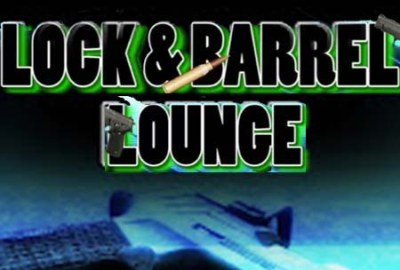
PRODUCT REVIEW - DPM M&P CARRY COMP 4.22"
Full review of the DPM Systems Recoil Reduction kit on the M&P 2.0 Metal Carry Comp.

Full review of the DPM Systems Recoil Reduction kit on the M&P 2.0 Metal Carry Comp.
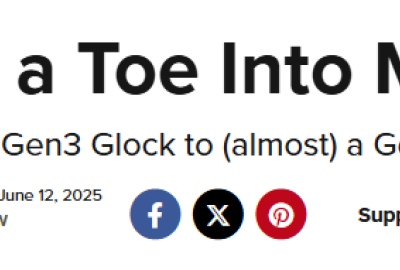
In the article by Daniel T. McElrath for ShootingIllustrated.com, the author provides an analytical review of how an "old dog" can learn new tricks, highlighting the significant improvement of the pistol thanks to DPM-applied technology.

This detailed video review breaks down the DPM Recoil Reduction System installed on the Glock 17 Gens 1-3 and M&P 2.0 4.25".
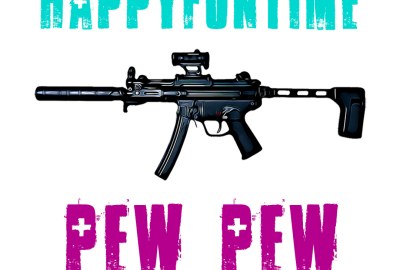
This comprehensive video review delves into the features, performance, and value of the DPM M&P Shield 4" Carry Comp.
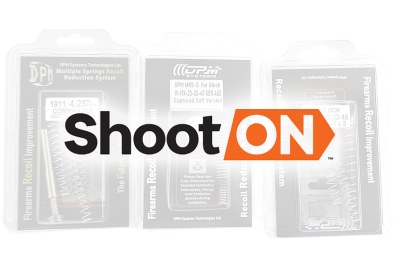
We would like to extend our thanks to the editors at shoot-on.com for taking the time to test and review some of our products!
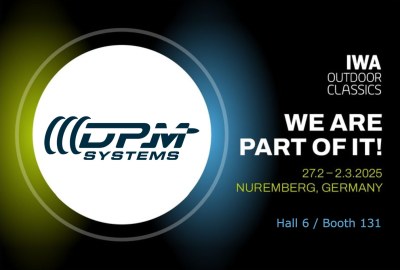
We are thrilled to announce our participation in this year's IWA OutdoorClassics 2025 at the Nuremberg Exhibition Centre!

DPM Systems is proudly spronsoring as a Silver Sponsor the upcoming IPSC Rifle World Shoot 2024 in Finland, August 4-9.

We are attending this year's IWA OutdoorClassics 2024 at Nuremberg Exhibition Centre from Thursday, 29 February to Sunday, 3 March 2024.
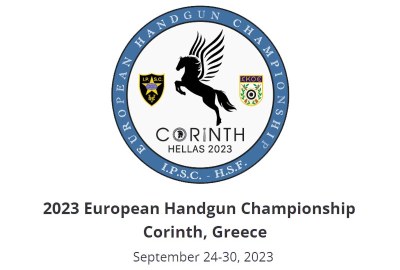
DPM Systems Technologies is Silver Sponsor for the 2023 European Handgun Championship

We are attending this year's Association of the United States Army’s Annual Meeting
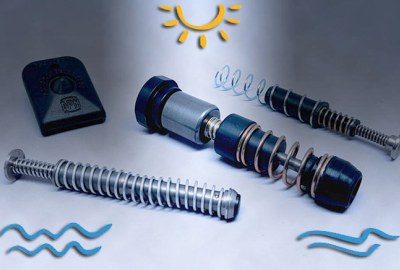
We would like to inform you about the period that our company will be closed for summer vacations
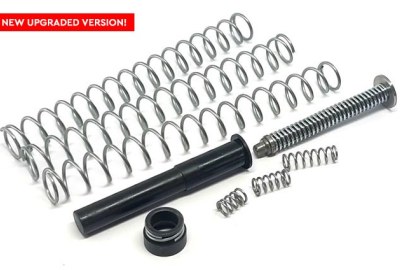
We proudly present the new upgraded version of our product DPM MRS for Glock 19-19X-23-32-45-47